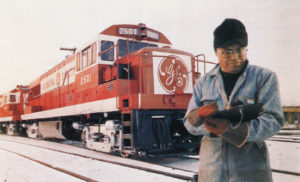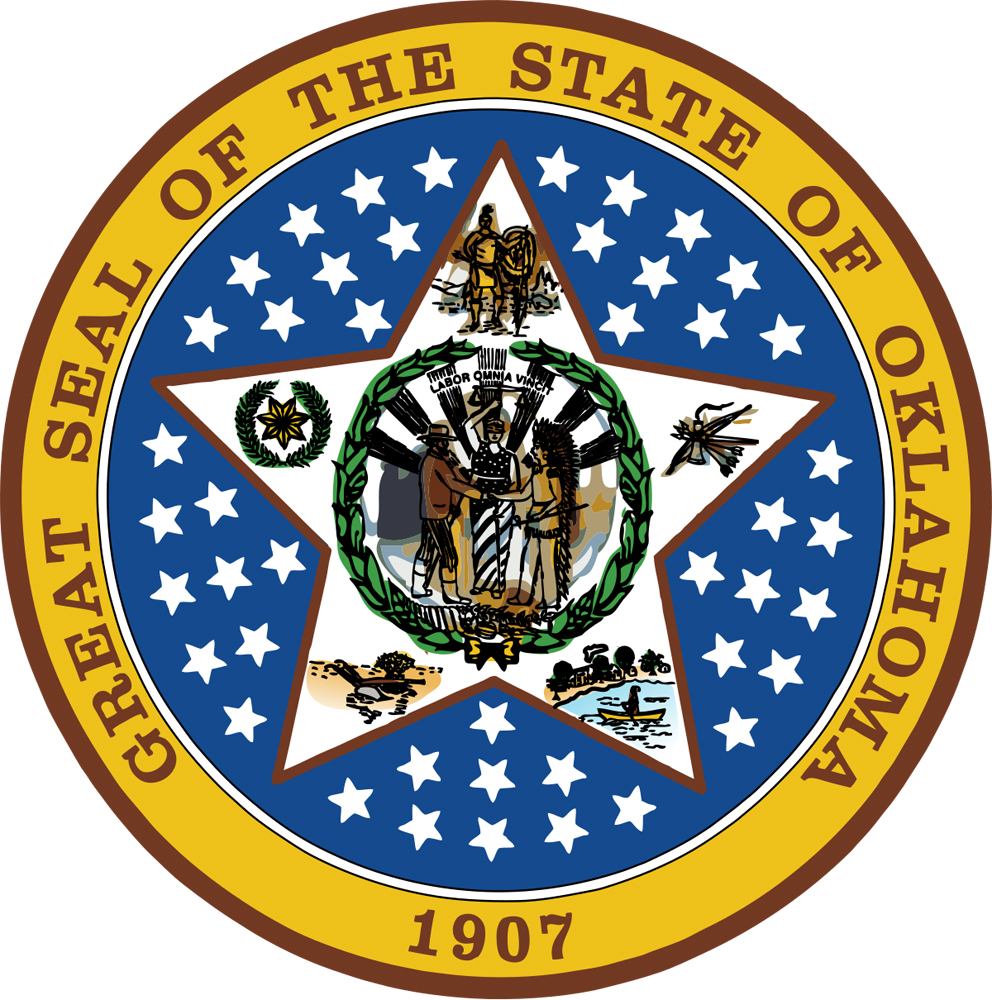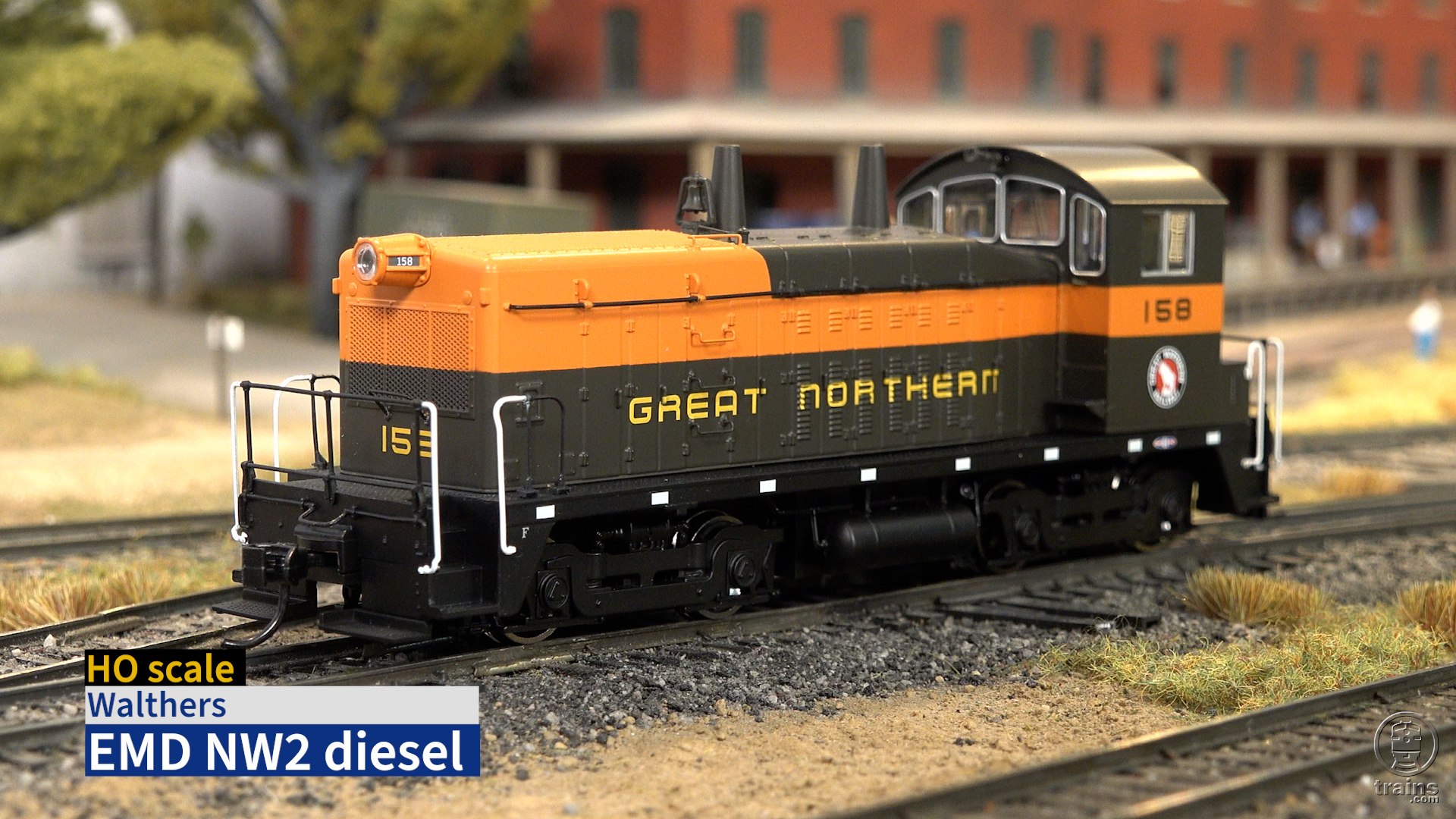
He started his railroad career as a crew “call boy” in the summer of 1945 at a Pennsylvania Railroad enginehouse in Cleveland, Ohio. His railroad career included time as a signalman helper and brakeman on the Nickel Pate Road, a tower operator at Cleveland Union Terminal, and a fireman on the Erie. After graduating in 1955 with a transportation degree from John Carroll University, he became a management trainee on the Rock Island, followed by being a locomotive engineer trainee on the Bessemer & Lake Erie. He then moved to South America becoming road foreman of engines on Venezuela’s Orinoco Mining Co. iron ore railroad, then a U.S. Steel subsidiary.
In 1961 he moved to Erie, becoming one of General Electric’s small number of locomotive service engineers riding the first U25B diesel locomotive demonstrators, followed by the new E44 electrics for the Pennsy and 8,500-horsepower, three-unit gas turbine-electrics Union Pacific. Between 1973 and 1993 he was the senior locomotive application engineer in locomotive marketing, analyzing railroad operations worldwide and assisting in determining which locomotives were best suited for customer railroads.
After retiring in 1993 Ben did locomotive consulting.
In its September 1999 issue, Trains magazine ran a profile of Anthony, dubbing him a “Man of Erie” in its title.
I first met Ben in 1979 in Chicago after I joined Chicago & North Western’s internal consulting department, helping plan the operation of unit coal trains from Wyoming’s Powder River Basin. Ben and I spent many hours reviewing train performance simulations and comparing estimated performance of EMD SD40-2s and GE C30-7s. In August 1988 we spent a week in Bill, Wyo., (C&NW’s crew change and base of operation on the edge of the region) riding test trains powered by combinations of UP Dash-8s and C&NW SD60s to determine which locomotives were best suited to achieve C&NW’s aggressive operating goal of using only three locomotive units on loaded trains. (By comparison, Burlington Northern usually operated four-unit consists). Reducing locomotive operating costs was essential to the economics of moving western coal, and GE assigned Ben to prove the Dash-8’s ability to convert horsepower into tractive effort. In three days and nights of intensive cab rides Ben and I gathered data from the GE and EMD locomotives under test.
I will never forget one test train when we started a 15,000-ton loaded train from a stretched stop on Logan Hill in 94 degree weather (a “dead pull” start), with Ben mentoring the locomotive engineer to carefully but confidently use throttle Notch 8 shortly after the train started moving. The ammeter needle on UP 9136 slowly swung across the dial and “pegged” at 1,800 amps of motor current as we started accelerating, followed by Ben’s signature smile. Those test trips resulted in C&NW acquiring its first 30 Dash-8s in 1989, the transition of the North Western from being an almost-all-EMD railroad. At the end of our long last-day of testing, Ben and I had a leisurely dinner in Douglas, during which I first learned about the depth and extent of his railroad experience and knowledge.
Locomotive builders anywhere in the world would have been blessed to have had a man of Ben’s enthusiasm and knowledge, and his always-professional approach to any and all railroad employees (in locomotive cabs and in offices).
May you always find your signals green and “clear,” Ben.













